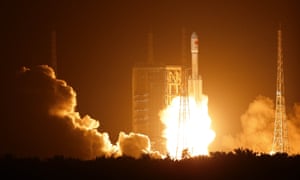By Brig NK Bhatia, SM (Retd)
30 Aug , 2016
The Pakistan atrocities in Balochistan were rarely reported due to its remoteness and a miniscule population fighting for their legitimate rights.
The Pakistan government, least expecting India to raise the issue of Balochistan, has been shaken out of its slumber to denounce the reference as a proof of Indian support to covert activities in the region.
The statement however has had a magical effect on the Baloch nationals living in exile and fighting for a rightful resolution of brutal oppression unleashed by Pakistani state over the last seven decades of its existence. World wide support for the numerous demonstrations by Baloch refugees in Europe and North America and protests by them have brought into focus the situation in Balochistan and has awakened the international community to dismal Human Rights situation and atrocities by Pakistan in its largest state which it has been carrying out with impunity.
The Pakistan atrocities in Balochistan were rarely reported due to its remoteness and a miniscule population fighting for their legitimate rights. The statement has had the desired effect with a number of Pakistani activists and scholars highlighted to the abysmal state of affairs in their analysis of situation in Balochistan asking for early resolution of the conflict with Baloch people, including addressing their legitimate grievances which have been simmering for a long time.


